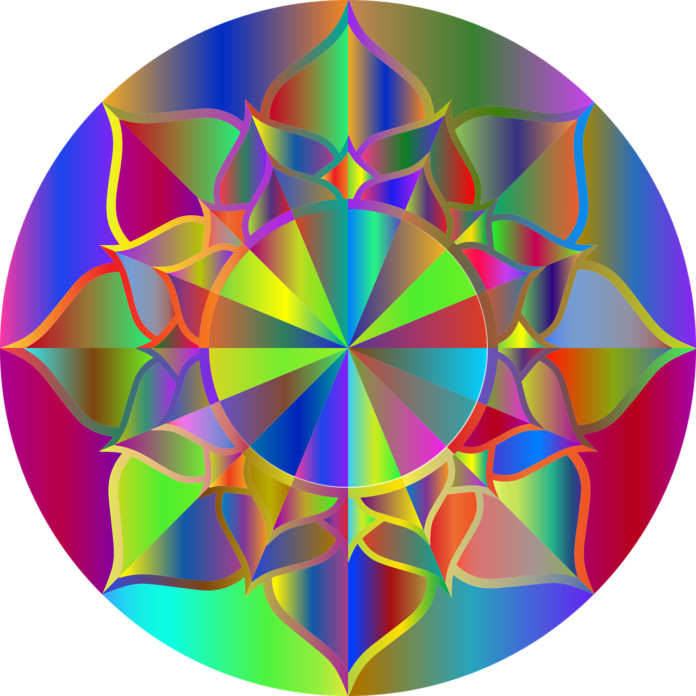Mixed reality (MR) represents a merging of the physical and digital worlds, offering users a seamless blend of virtual and augmented reality experiences. With mixed reality, digital content can interact with the real world, creating immersive and interactive environments that combine the best aspects of both virtual and augmented reality technologies. Unlike virtual reality, which immerses users in entirely digital environments, and augmented reality, which overlays digital content onto the real world, mixed reality allows virtual objects to interact with physical objects in real-time, enabling new possibilities for gaming, education, training, design, and collaboration.
The concept of mixed reality encompasses a spectrum of experiences, ranging from purely virtual environments to fully augmented reality experiences that integrate digital content into the physical world. At one end of the spectrum, virtual reality (VR) headsets such as the Oculus Rift, HTC Vive, and PlayStation VR transport users to entirely virtual environments, where they can interact with digital objects and environments in a fully immersive manner. These VR experiences offer users a sense of presence and immersion, allowing them to explore virtual worlds, interact with virtual objects, and engage in virtual activities such as gaming, simulation, and storytelling.
On the other end of the spectrum, augmented reality (AR) technologies such as Microsoft’s HoloLens, Google Glass, and Apple’s ARKit overlay digital content onto the real world, enhancing the user’s perception of their physical environment with virtual objects, information, and experiences. These AR experiences can range from simple overlays, such as text labels or images, to more complex interactions, such as 3D models, animations, and interactive elements that respond to the user’s movements and gestures. AR technologies enable new forms of interaction and engagement, allowing users to access information, visualize data, and interact with digital content in real-time, while still maintaining awareness of their surroundings.
Mixed reality combines elements of both virtual and augmented reality, enabling users to interact with virtual objects and environments in the context of the real world. This allows for more natural and intuitive interactions, as users can manipulate virtual objects using their hands, gestures, and voice commands, while still maintaining spatial awareness and presence in the physical environment. Mixed reality experiences can range from simple interactions, such as placing virtual objects on a tabletop or interacting with virtual characters in a real-world environment, to more complex scenarios, such as immersive gaming experiences, interactive storytelling, and collaborative design sessions.
One of the key advantages of mixed reality is its ability to bridge the gap between the digital and physical worlds, enabling new forms of interaction, communication, and collaboration. In fields such as architecture, engineering, and construction, mixed reality technologies are being used to visualize building designs, simulate construction processes, and collaborate on design decisions in real-time. Similarly, in healthcare, mixed reality applications are being used to visualize medical imaging data, simulate surgical procedures, and train healthcare professionals in a realistic and immersive environment. Mixed reality is also being used in education and training to create immersive learning experiences that engage students and provide hands-on practice in a safe and controlled environment.
The future of mixed reality holds tremendous potential for innovation and creativity, as new technologies and applications continue to emerge. Advances in hardware, such as lightweight and comfortable headsets, high-resolution displays, and accurate tracking systems, will make mixed reality more accessible and immersive for users. Similarly, improvements in software, such as more realistic graphics, advanced spatial mapping, and natural language processing, will enable new forms of interaction and storytelling in mixed reality experiences. As mixed reality technologies continue to evolve, they will play an increasingly important role in shaping the way we work, learn, communicate, and interact with the world around us.
Mixed reality (MR) technology is being embraced across various industries for its potential to revolutionize the way we interact with digital content and the physical world. In the entertainment industry, mixed reality experiences offer immersive storytelling opportunities that blur the line between fiction and reality. For example, mixed reality experiences allow users to step into the worlds of their favorite movies, TV shows, or video games, where they can interact with characters, explore environments, and participate in narrative-driven adventures. This level of immersion and interactivity has the potential to transform entertainment experiences, creating new forms of engagement and excitement for audiences.
Moreover, mixed reality has significant implications for the future of remote collaboration and communication. With mixed reality technologies, users can collaborate with colleagues, clients, or collaborators from around the world in virtual meeting spaces that simulate real-world environments. These virtual meeting spaces can include features such as 3D avatars, spatial audio, and interactive whiteboards, enabling participants to communicate, share ideas, and collaborate on projects in a more immersive and engaging manner. Additionally, mixed reality technologies allow users to visualize and manipulate complex data sets, models, and simulations in real-time, enhancing decision-making and problem-solving capabilities in fields such as engineering, design, and research.
Furthermore, mixed reality is poised to revolutionize the way we interact with the world around us, offering new opportunities for exploration, education, and entertainment. Mixed reality applications can overlay digital information onto the physical world, providing users with contextual information, navigation assistance, and interactive experiences that enhance their understanding and engagement with their surroundings. For example, mixed reality applications can provide real-time translations of foreign languages, information about points of interest, or interactive guides for museums and landmarks, enriching the user’s experience and expanding their knowledge and awareness of the world.
Additionally, mixed reality has the potential to transform the way we experience live events and performances, offering new opportunities for immersive entertainment and interactive storytelling. With mixed reality technologies, users can attend virtual concerts, sporting events, or theater performances from the comfort of their own homes, where they can interact with performers, explore virtual environments, and participate in shared experiences with other audience members. This level of immersion and interactivity opens up new possibilities for entertainment venues, artists, and content creators to engage with audiences in innovative and compelling ways.
In conclusion, mixed reality represents a paradigm shift in the way we interact with digital content and the physical world, offering new opportunities for entertainment, education, collaboration, and exploration. As mixed reality technologies continue to evolve and mature, they will play an increasingly important role in shaping the future of entertainment, communication, and interaction. By combining the best aspects of virtual and augmented reality, mixed reality offers users a truly immersive and interactive experience that blurs the boundaries between the digital and physical worlds, opening up new possibilities for creativity, innovation, and engagement.














